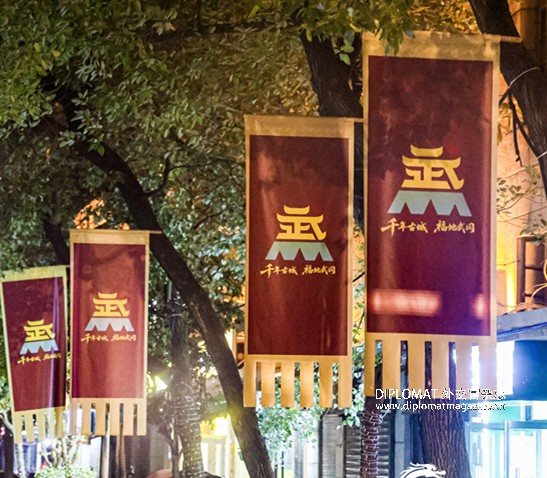导语:Wugang is located in southwestern Hunan Province and has a history of over 2,200 years of city construction. The layout of Wugang Ancient City is remarkably intact, preserving the Ming Dynasty royal city structure.
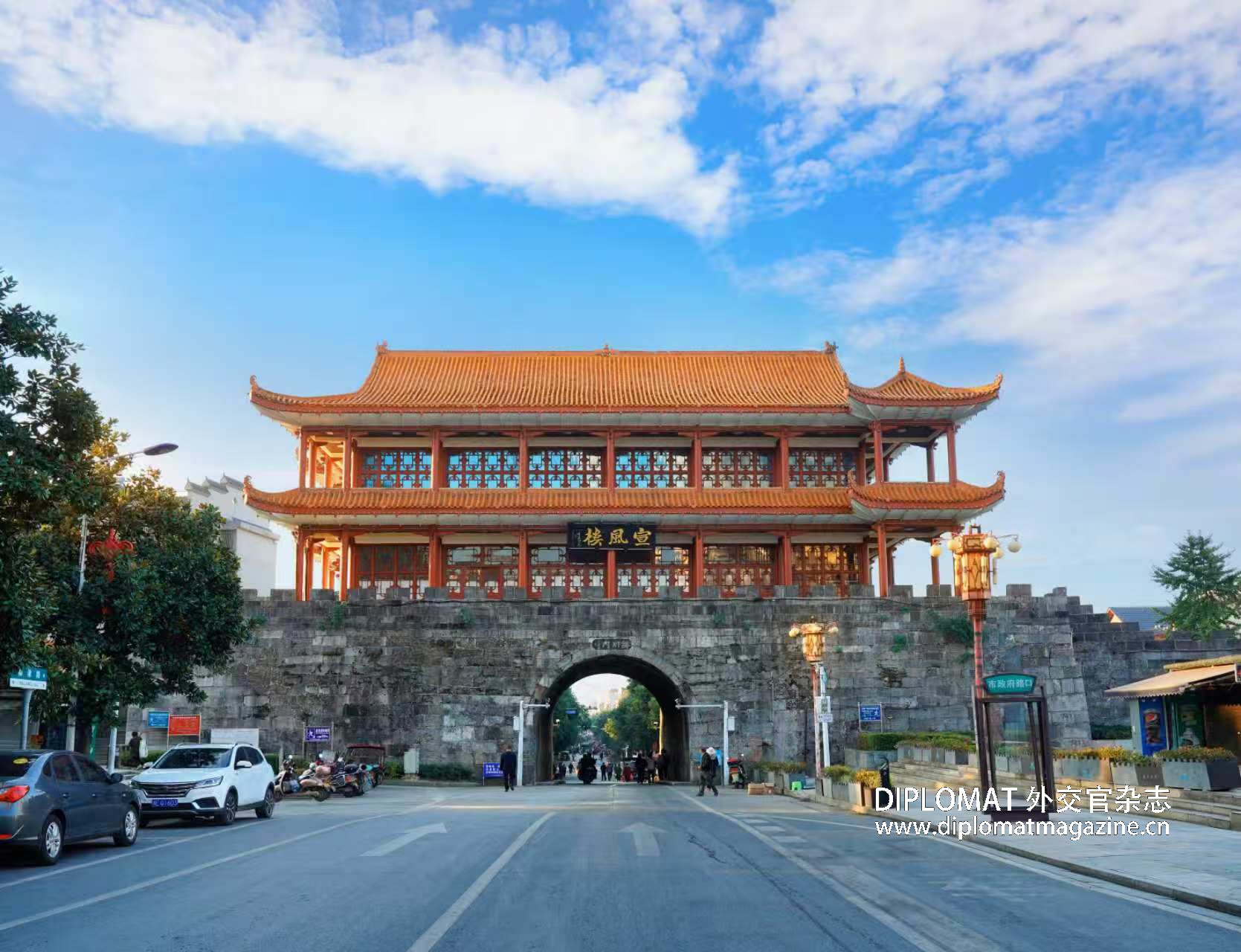
Wugang is located in southwestern Hunan Province and has a history of over 2,200 years of city construction. The layout of Wugang Ancient City is remarkably intact, preserving the Ming Dynasty royal city structure. It features a unique "city within a city" triple-layered structure: the Great King City, the Small King City, and the Outer City. The city retains five significant historical and cultural districts: Xizhi Street, Muhuo Street, Chuancheng River, Taiping Gate, and Hehe Street. It is the only historical and cultural city in China that has served simultaneously as a Marquis State capital, a Feudal Prince's seat, and an Imperial capital. It was designated a Hunan Provincial Historical and Cultural City in 2011 and passed the provincial evaluation for National Historical and Cultural City status in 2022.
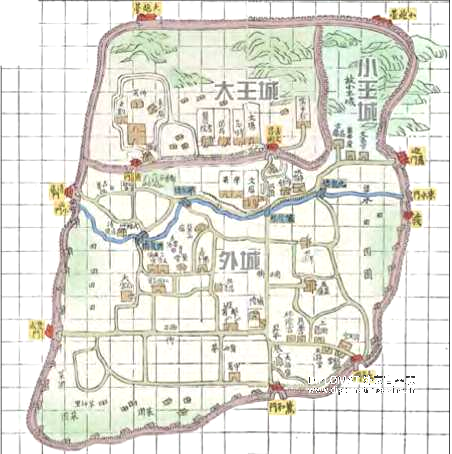
Xizhi Street Historical and Cultural District is a vital area showcasing the commercial character of Wugang Ancient City. It represents the concentrated legacy and core value of the city's traditional residential patterns and historic commercial street features. Historically, it was densely packed with shops, taverns, teahouses, silver shops, and pawnshops, alongside clusters of large residential compounds and ancestral halls. Along Xizhi Street stand two rows of two-story brick-and-timber shopfronts. Each building features gable walls (Matou Qiang) and served dual commercial and residential purposes. Numerous time-honored shops are found here, such as Zeng Rende Hall, Yang Wende Hall, Hengfeng Zhai, and Yuxing Zhai.
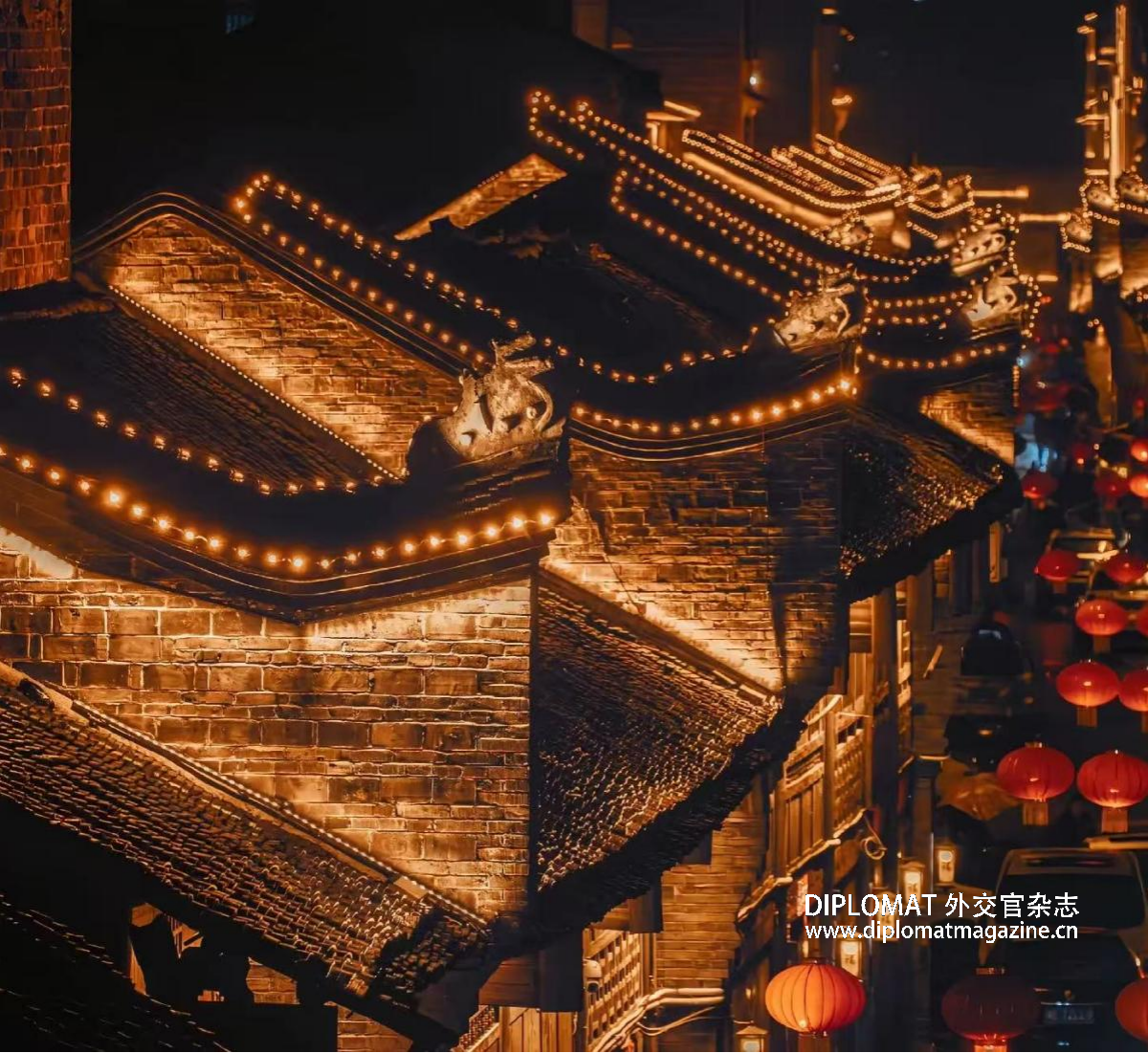
The district completely retains a fishbone-shaped alley system centered on Xizhi Street as the main axis, with branch lanes like Qingfeng Lane, Linjia Lane, Jiangyuan Lane, Gongjia Lane, Anyuan Lane, and Anchasi Lane. The area is rich in various historical and cultural heritage sites, including 15 protected cultural relics units, 35 historical buildings, and extensive clusters of traditional-style architecture. Examples include traditional shops like Tongchun Pawnshop, ancestral hall buildings like Zhang Family Ancestral Hall and Xia Family Ancestral Hall, and traditional residences like Lin Family Courtyard, Gong Family Courtyard, and Tang Family Courtyard
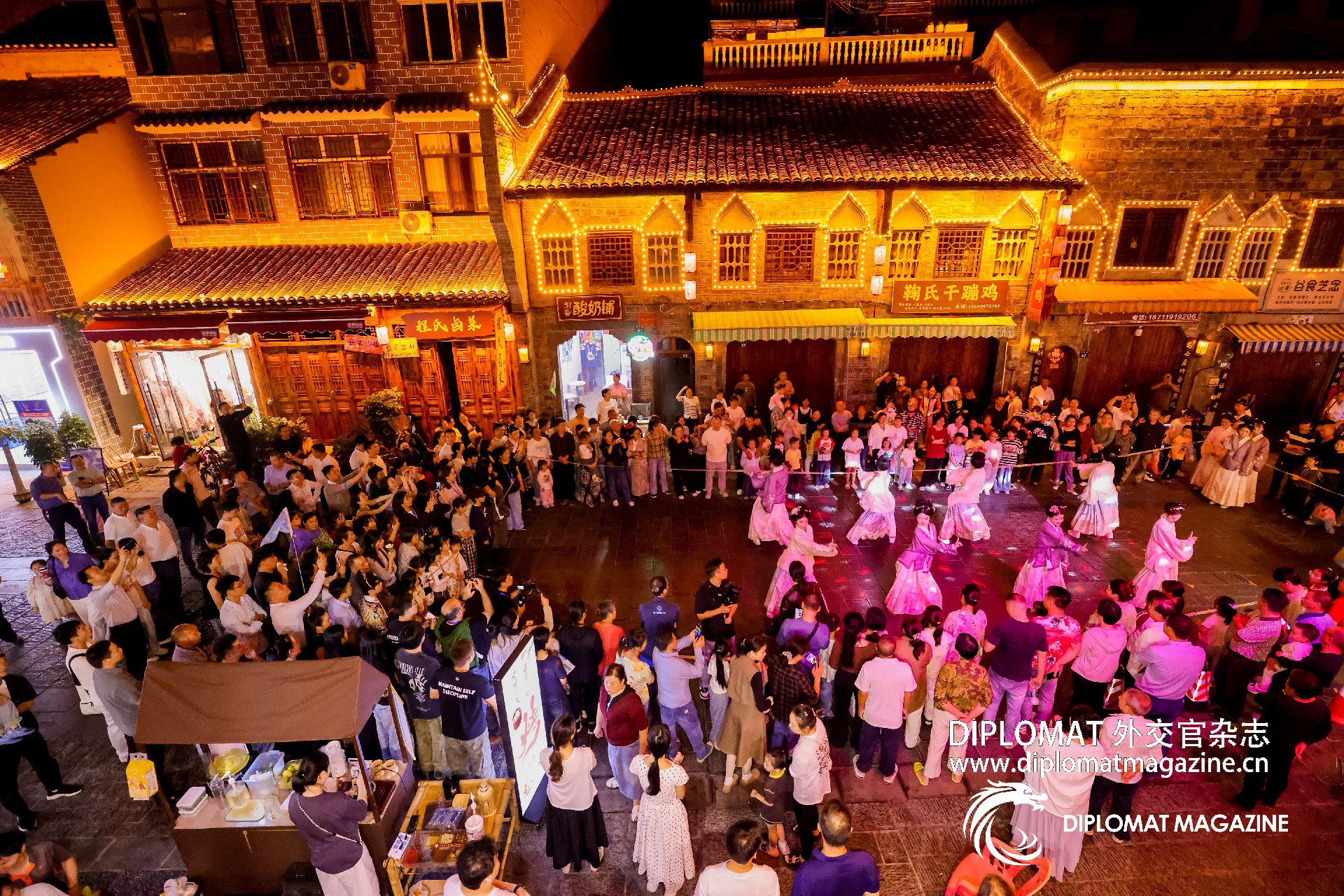
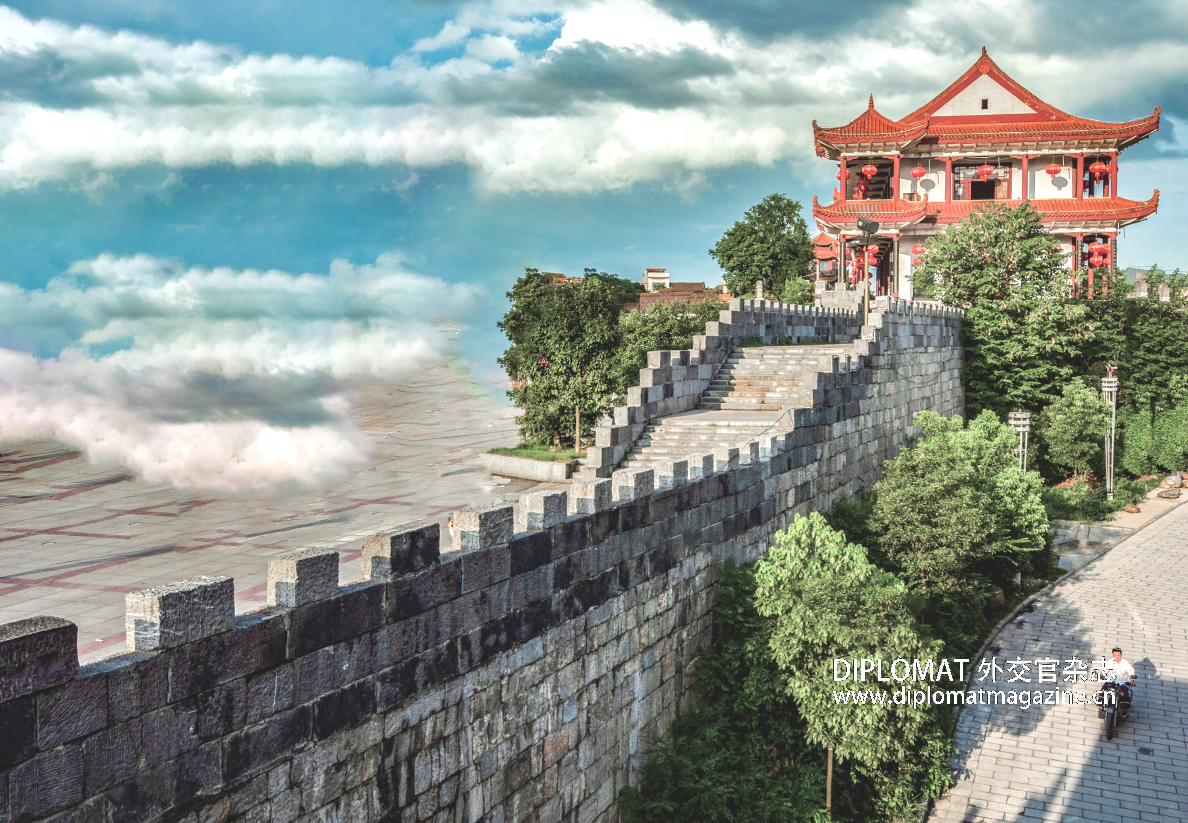 Wugang Ancient City Wall
Wugang Ancient City Wall
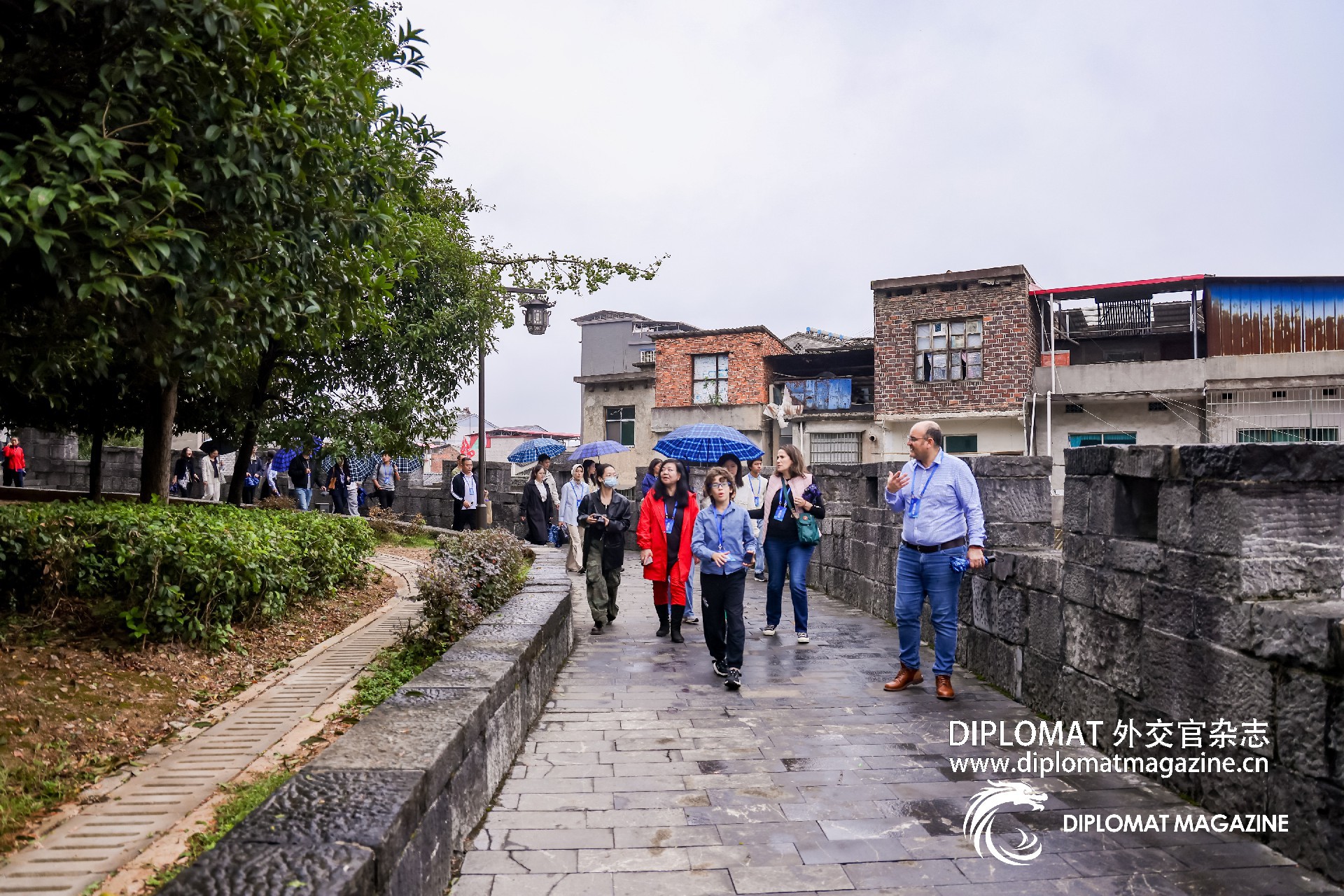
Wugang City Walls: Currently, 1,450 meters of the walls are well-preserved. They represent one of the earlier and larger-scale examples of ancient prefectural/county city walls existing in Hunan and even southern China.
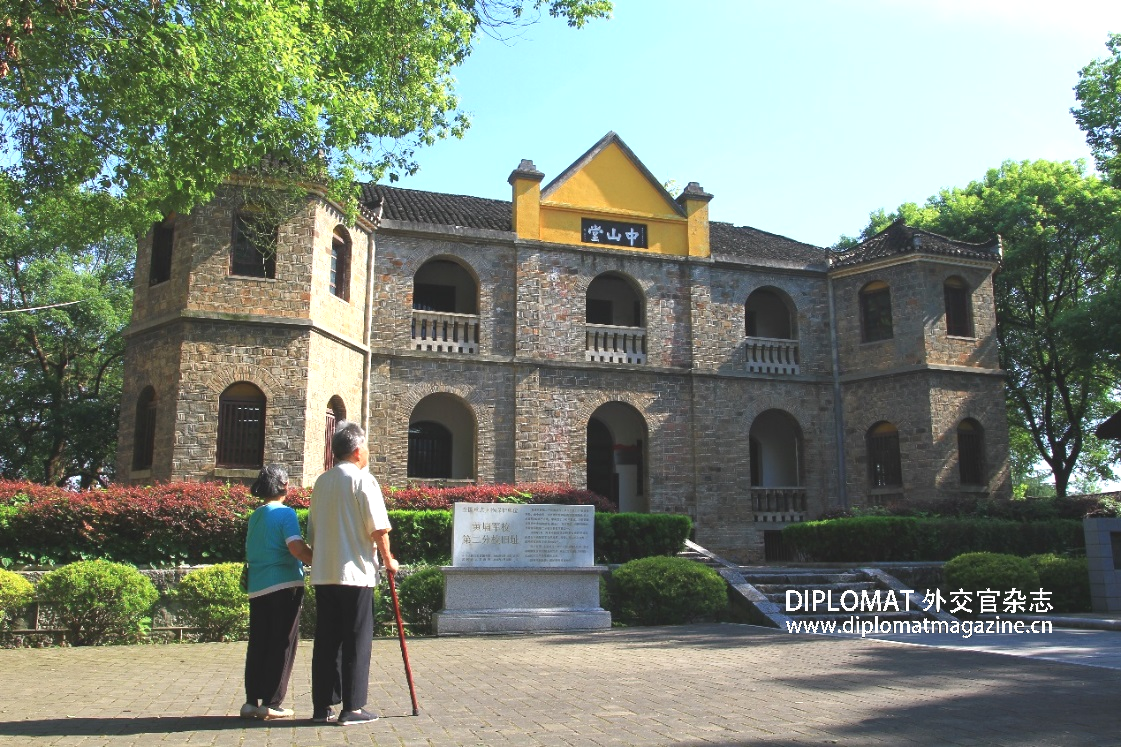 Site of the Second Branch Campus of Huangpu Military
Site of the Second Branch Campus of Huangpu Military
Academy: Comprising Sun Yat-sen Memorial Hall, Li Minghao's Former Residence, and Faxiangyan (Rock Formations).,Sun Yat-sen Memorial Hall is the only original and intact memorial building dedicated to Dr. Sun Yat-sen preserved at its original location among all Huangpu Military Academy campuses (the main campus and its 12 branches).
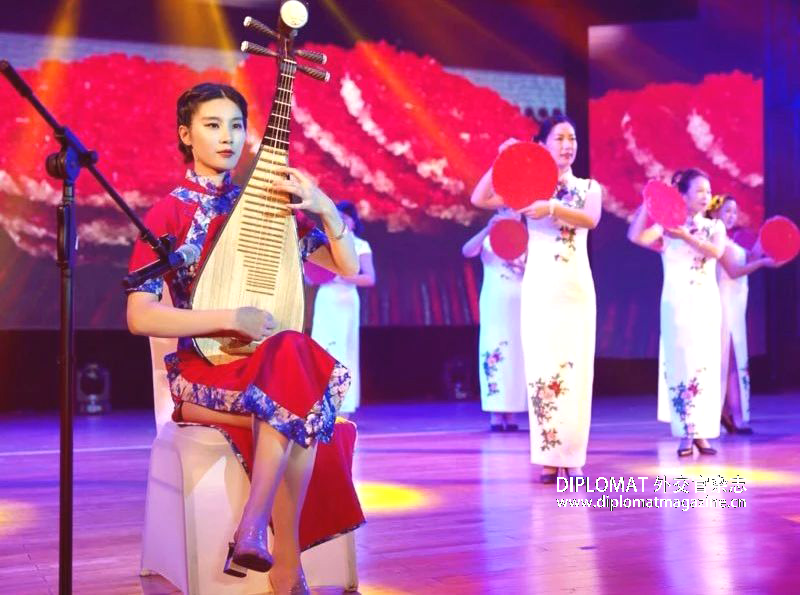
Wugang Sixian (Traditional String Music)
Wugang Ancient City boasts a splendid culture. It features a fusion of Royal City culture, Huangpu culture, folk culture, and culinary culture. Numerous renowned figures like Qu Yuan, Tao Kan, Li Daoyuan, Han Yu, Liu Zongyuan, Wang Anshi, and Wen Tianxiang have left behind brilliant cultural treasures in Wugang. Wugang Sixian (traditional string music) is listed as a National Intangible Cultural Heritage. "Wugang Bronze Goose" and "Wugang Marinated Dishes" are famous nationwide, earning Wugang the title "Capital of Chinese Marinated Cuisine". Langshi Village is renowned as "China's First Village of Ancient Couplets".
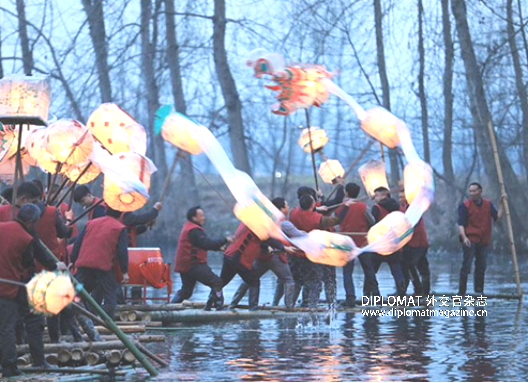
Tanli Water Dragon Lantern (Folk Performance)
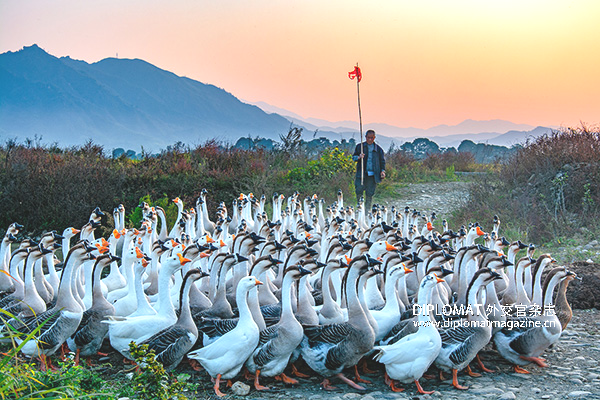
Wugang Bronze Goose
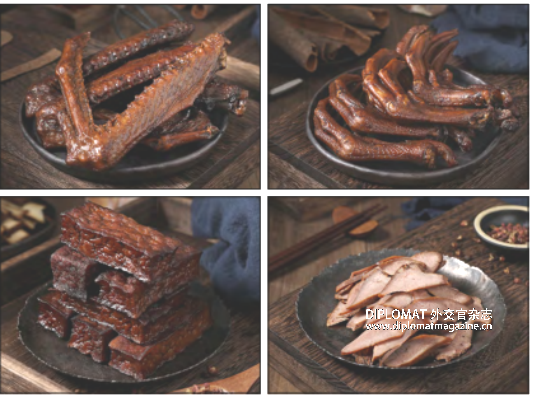
Wugang Marinated Dishes




